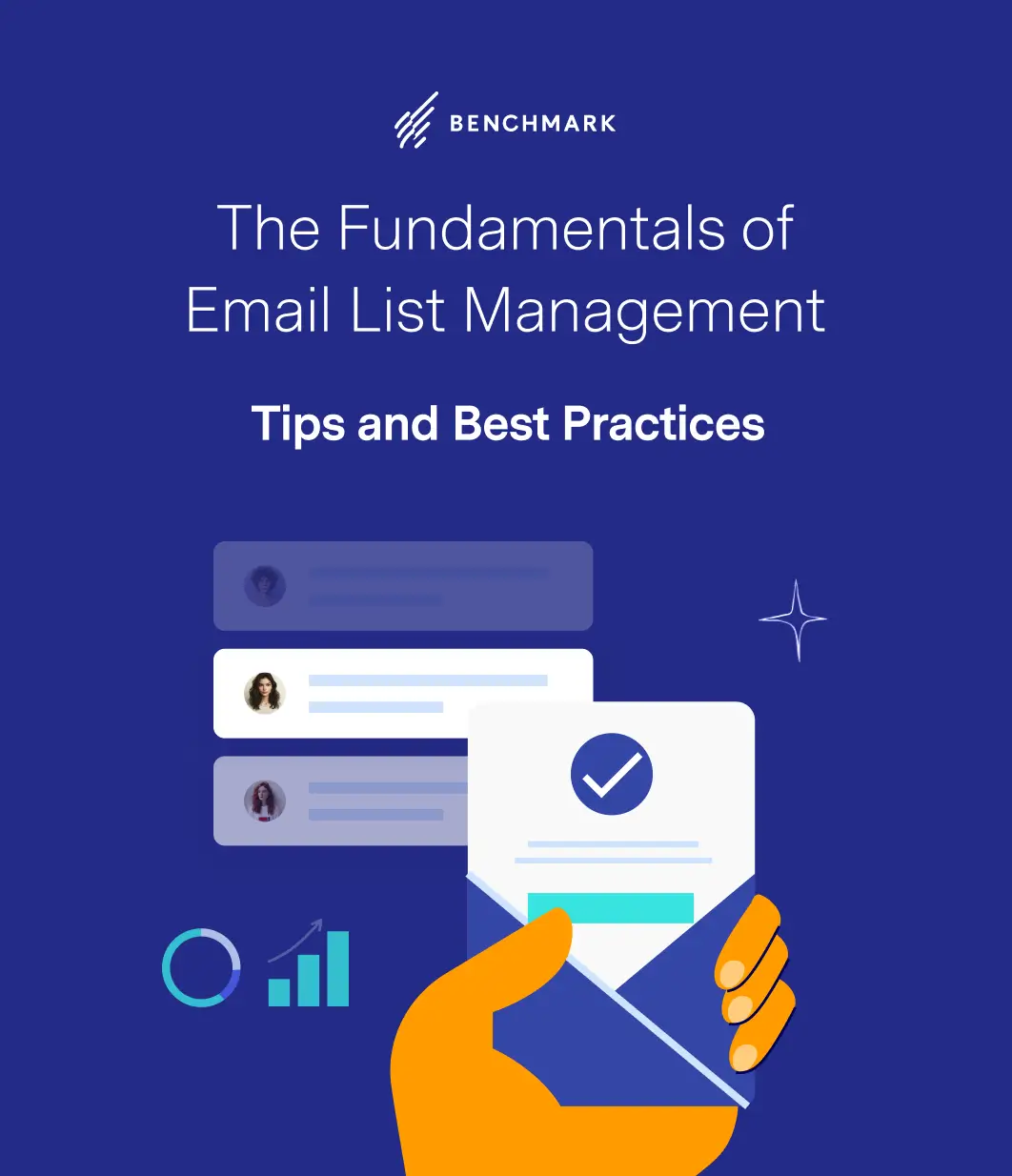Why Email Open Rates Still Matter: A Vital Metric for Measuring Campaign Success
October 2, 2024 5 min read

Digital marketing trends come and go. Every year, marketers face new buzzwords, technologies, and strategies that promise to revolutionize the industry. Yet amidst this whirlwind of change, one steadfast metric has stood the test of time: email open rates.
While some trends suggest that open rates are becoming less relevant, we’re here to argue the opposite. Email open rates are still an essential indicator of success, and measuring them provides invaluable insights into your email marketing efforts. Here’s why you shouldn’t overlook this key metric.
Understanding Email Open Rates
Email open rates measure the percentage of recipients who open an email relative to the total number of emails sent. For example, if you send out an email to 1,000 subscribers and 200 of them open it, your open rate is 20%. This metric has long been considered a foundational benchmark for evaluating the effectiveness of email marketing campaigns.
However, as new marketing tools and strategies like AI, automation, and hyper-personalization emerge, some marketers argue that open rates no longer hold the weight they once did. However, dismissing open rates as irrelevant ignores their continuing role in shaping the overall success of email marketing.

Open Rates Signal Initial Engagement
One of the primary reasons email open rates matter is that they indicate the first step in the engagement process: the recipient’s decision to open your email. This decision is not arbitrary. It’s influenced by several key factors, including the subject line, the sender’s name, and the preview text. All these elements work together to make an impression on the recipient, compelling them to take action by opening the email.
A healthy open rate signals that your subject lines resonate with your audience and that your email list contains engaged, interested recipients. It’s the initial marker of interest and relevance. Ignoring open rates means ignoring the opportunity to optimize this crucial first interaction.
Open Rates Reflect List Quality
Another often overlooked aspect of open rates is their ability to reveal the quality of your email list. A consistently low open rate may indicate that your list includes many inactive or disinterested subscribers. Conversely, a high open rate suggests your list is filled with engaged contacts who find value in your content.
While other metrics, like click-through or conversion rates, can tell you how well your emails perform after they’re opened, open rates help diagnose list hygiene issues. Are you sending emails to people who care about your brand, or are your emails landing in inboxes that remain untouched? Regularly monitoring open rates enables you to maintain a clean, engaged list, essential for deliverability and overall campaign success.

Open Rates and Deliverability
Speaking of deliverability, it’s important to note that open rates directly impact your ability to land in the inbox. Email service providers like Gmail, Outlook, and Yahoo! pay attention to engagement metrics such as opens and clicks when determining whether to classify your email as spam. If your open rates plummet over time, ESPs may begin to see your emails as irrelevant or unwanted, increasing the likelihood that your messages will end up in the dreaded spam folder.
Regularly measuring and optimizing your open rates improves your chances of avoiding spam filters. When recipients consistently open your emails, it sends a signal to ESPs that your emails are valuable and worth delivering to the inbox, safeguarding your sender reputation.

Subject Line Testing Relies on Open Rates
For marketers, A/B testing subject lines is one of the most common methods for improving campaign performance. Open rates are the primary metric used to evaluate the effectiveness of different subject lines. Suppose you’re testing a subject line that highlights a promotion versus one that emphasizes a product benefit, for instance. In that case, open rates can tell you which approach resonates more with your audience.
Subject line testing only has its purpose with open rates. Measuring the performance of different subject lines helps you understand your audience’s preferences and adjust your messaging accordingly. Over time, this testing leads to higher engagement rates and better overall campaign results. Neglecting open rates removes a powerful tool for making data-driven decisions in your email marketing strategy.
An Early Warning System for Underperformance
Email open rates can serve as an early indicator of potential problems in your campaign. A sudden drop in open rates across several campaigns could signal poor deliverability, incorrect audience segmentation, or irrelevant content. Catching these issues early allows you to pivot and address them before they severely impact your email marketing goals.
For example, if your open rates drop significantly after a significant change—like introducing a new email design or sending from a different sender address—it provides immediate feedback that the change may not work as intended. This allows you to make quick adjustments rather than waiting for metrics like click-through rates or conversions to reveal problems that can take longer to surface.
Open Rates as Part of a Holistic Approach
Of course, email open rates shouldn’t be viewed in isolation. They are just one part of a broader set of metrics that contribute to the overall success of your email marketing campaigns. Email metrics like click-through rates, conversions, and email unsubscribe rates are crucial for measuring engagement and performance. However, the importance of open rates lies in their ability to provide a preliminary view of how your emails are performing at the most basic level—are they being opened at all?
The success of an email campaign can’t be solely attributed to open rates, but it’s clear that they play an integral role in the process. High open rates alone won’t guarantee conversions, but without people opening your emails, you won’t have the opportunity to achieve any conversions in the first place.
The Future of Open Rates
While some have speculated that technological advancements like Apple’s Mail Privacy Protection (MPP) will make open rates irrelevant, it’s unlikely that they will ultimately lose their significance. MPP may affect how open rates are measured by masking certain user behaviors. However, marketers can still extract valuable insights from trends over time, segmentation by email client, and other contextual data.
Even as new tools and tactics emerge, open rates remain one of the most straightforward metrics to gauge audience engagement. They’re not the be-all and end-all of email marketing success, but they are valuable tools that can help you optimize your campaigns and improve your email marketing strategy when used with other data points.
Email marketing is an ever-evolving landscape, and while trends may shift, the importance of measuring open rates remains constant. Open rates provide insights into audience engagement, help you maintain a healthy email list, impact deliverability, and offer immediate feedback on the effectiveness of your subject lines. Open rates are still an essential part of gauging the success of your email campaigns, and neglecting them would be a missed opportunity to improve overall performance.







